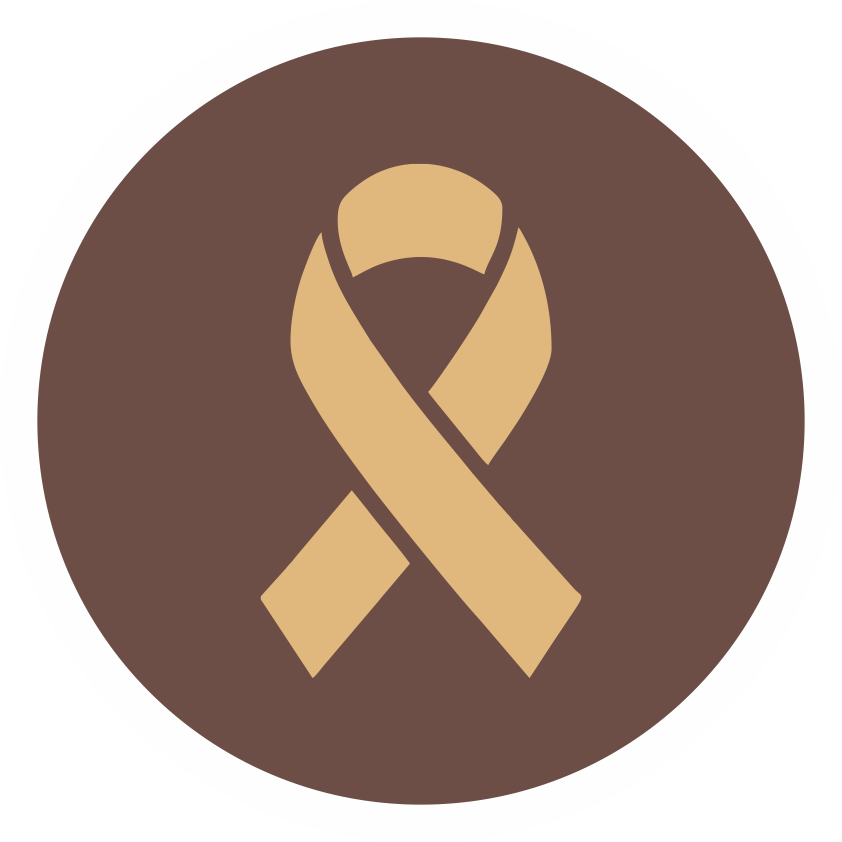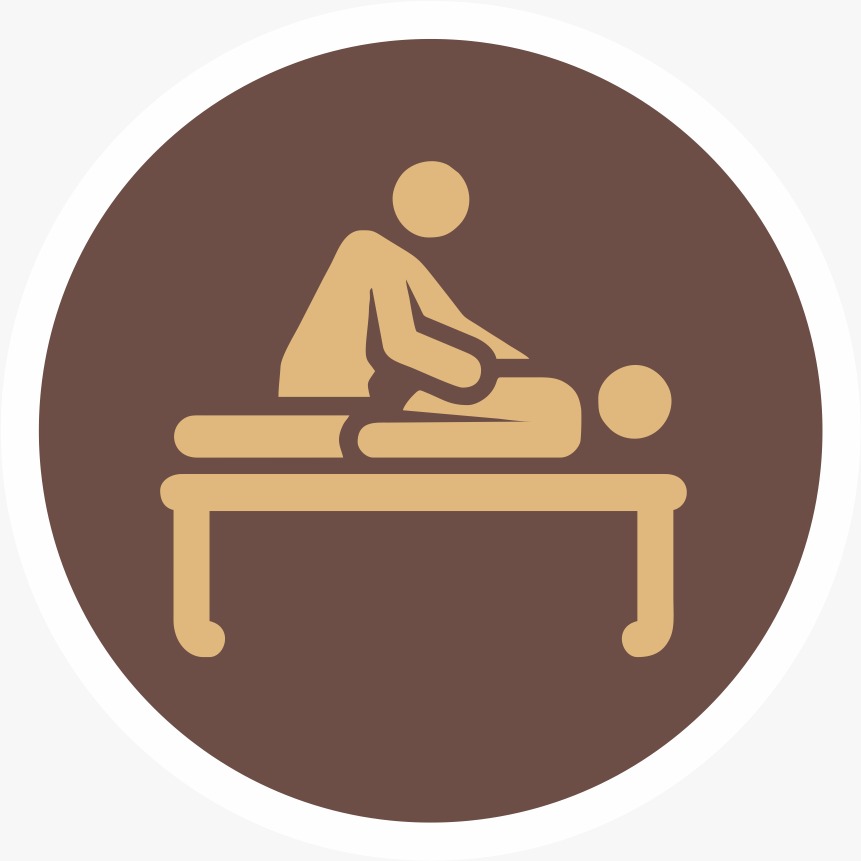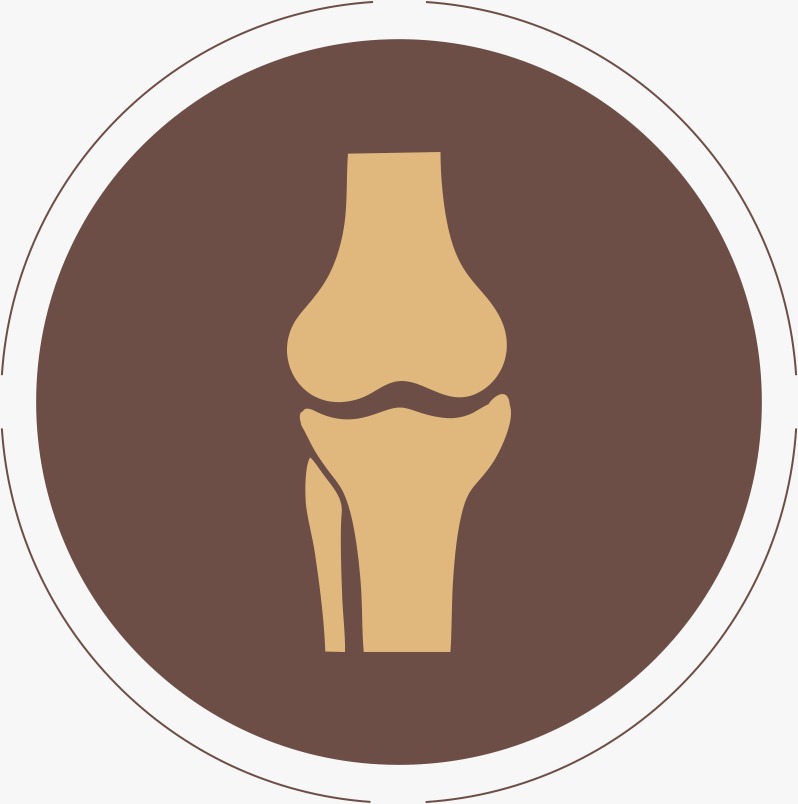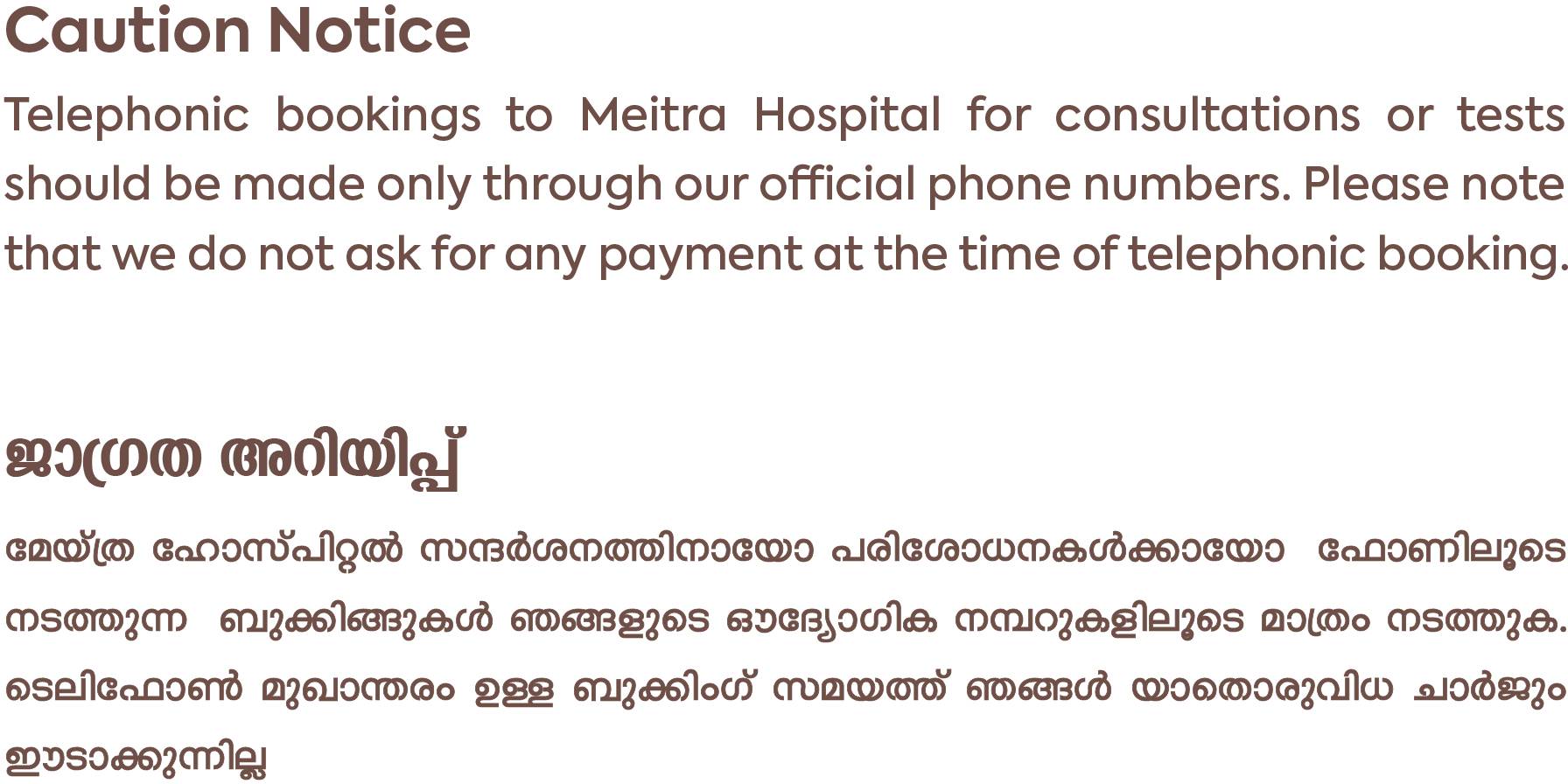- Our Doctors
- Our Specialities
Centres of Excellence
-
 Centre for Blood Diseases, BMT & Cancer Immunotherapy
Centre for Blood Diseases, BMT & Cancer Immunotherapy -
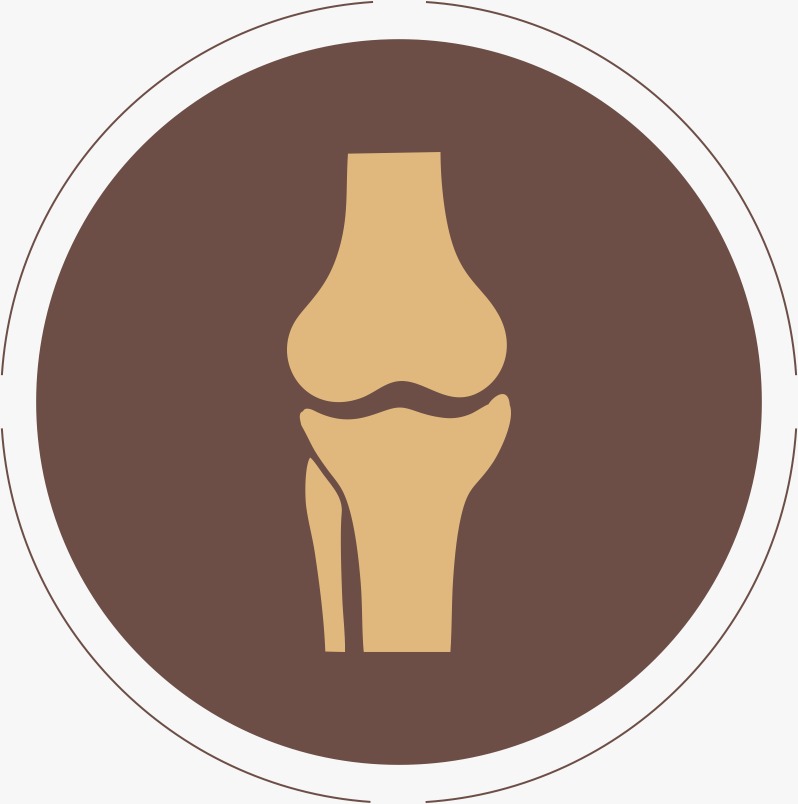 Centre for Bone, Joint & Spine
Centre for Bone, Joint & Spine -
 Centre for Critical Care Medicine and ECMO Services
Centre for Critical Care Medicine and ECMO Services -
 Centre for Gastrosciences
Centre for Gastrosciences -
 Centre for Heart & Vascular Care
Centre for Heart & Vascular Care -
 Centre for Nephro-Urosciences
Centre for Nephro-Urosciences -
 Centre for Neurosciences
Centre for Neurosciences -
 Centre for Obstetrics and Gynaecology
Centre for Obstetrics and Gynaecology -
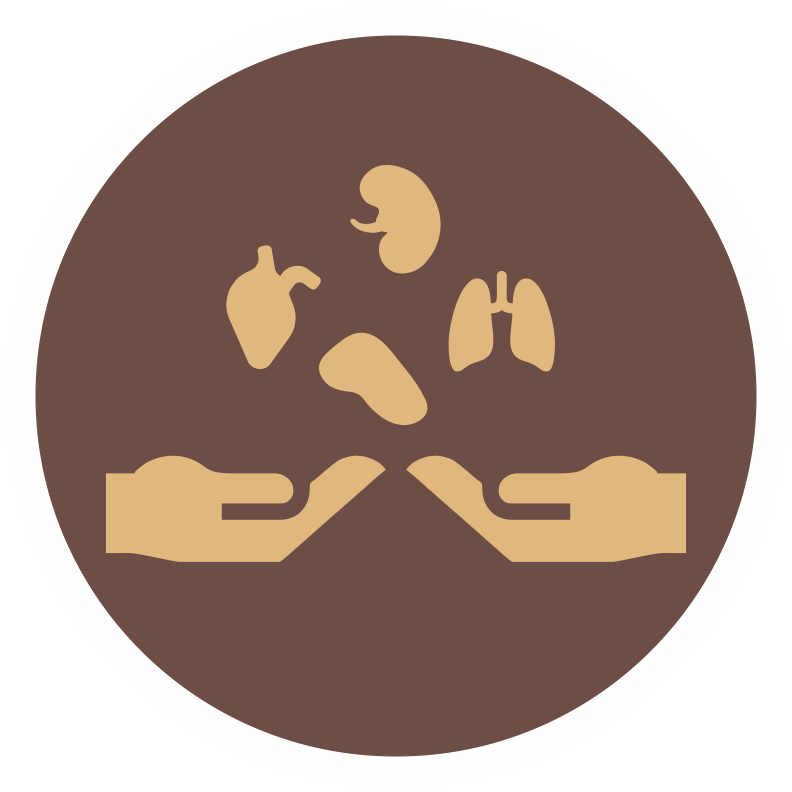 Centre for Organ Transplantation
Centre for Organ Transplantation
Super Speciality
-
 Advanced Diagnostic and Interventional Radiology
Advanced Diagnostic and Interventional Radiology -
 Anesthesiology & Pain Management
Anesthesiology & Pain Management -
 Clinical Nutrition and Dietetics
Clinical Nutrition and Dietetics -
 Dental and Maxillofacial Surgery
Dental and Maxillofacial Surgery -
 Dermatology
Dermatology -
 Emergency and Trauma
Emergency and Trauma -
 Endocrinology and Metabolic Disease
Endocrinology and Metabolic Disease -
 ENT and Head & Neck Surgery
ENT and Head & Neck Surgery -
 Family Medicine
Family Medicine -
 General and Laparoscopic Surgery
General and Laparoscopic Surgery -
 General Medicine
General Medicine -
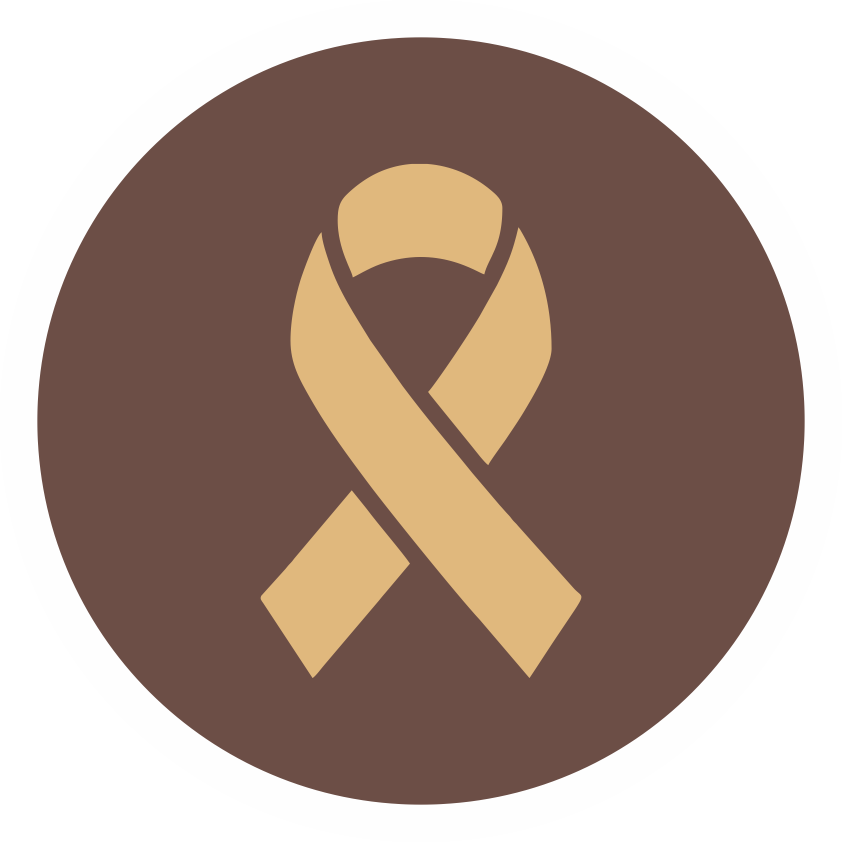 GI Onco Surgery
GI Onco Surgery -
 GI Oncology
GI Oncology -
 GI Surgery, Advanced Laparoscopy and Gastro Oncosurgery
GI Surgery, Advanced Laparoscopy and Gastro Oncosurgery
-
- Key Procedures
- Our Hospitals
- International Patient
- Contact us
-
Quick Links
Blogs
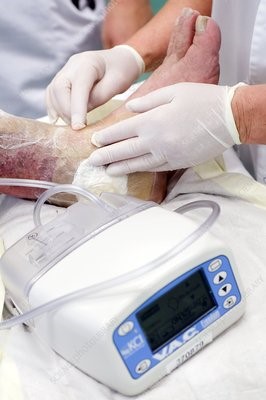
Vacuum Assisted Closure
Vacuum Assisted Closure (VAC) therapy is an advanced wound healing therapy that can be readily integrated into clinicians routine wound healing practice.
This advanced wound healing technology makes use of the negative pressure (a vacuum) to promote wound healing by promoting granulation tissue and perfusion and by removing exudate and infectious materials.
VAC was described by Fleischmann et al in 1993 where they reported that the treatment resulted in “efficient cleaning and conditioning of the wound, with marked proliferation of granulation tissue“.
In 1995, a commercial system for promoting vacuum assisted closure (called VAC) was introduced into the United States market.
The components of VAC therapy work as an integrated unit to optimize both the delivery and the benefits of negative pressure wound therapy. An open pore reticulated polyurethane or polyvinyl alcohol foam is cut to fit in the wound which is covered with an adhesive drape. The open cells of the foam enable equal distribution of negative pressure across the surface of the wound while the tubing transfers accumulated fluids to the canister. Depending on the wound type and needs of each patient, the VAC therapy can be used in continuous or intermittent modes. Some of the advanced wound care systems have features which include alarms that signal tubing blockages, a full or missing canister, Inactive therapy, low battery, leaks in the seal of the dressing and low pressure alarms.
VAC therapy is intended to create an environment that promotes wound healing by secondary or tertiary intention by preparing the wound bed for closure, reducing edema, promoting granulation tissue and perfusion and by removing exudate and infectious materials. It is widely used on open wounds like acute traumatic, subacute and dehisced wounds, partial thickness burns, ulcers ( Diabetic, Pressure or Venous), flaps and grafts. The dressing is an effective barrier to bacterial penetration and may help reduce infection in these types of wounds.
How Does Vac Help in Healing of the Wounds?
- Removes edema fluid from the wound through suction
- Results in increased blood flow to the wound
- Increases cell proliferation
- Reduction in bacterial colonization of the wound
- Decreases the risk of wound infections
- Enhances the formation of granulation tissue
- Faster healing compared to other kinds of wound dressings
When used on closed surgical incisions, they are intended to manage an environment that continues to drain following sutured or stapled closure by maintaining a closed environment and removing exudates via the application of negative pressure wound therapy.
Vac Therapy Is Contraindicated in the Following Situations:
- Malignancy of the wound
- Untreated Osteomyelitis
- Necrotic tissue with eschar
- Non-enteric and unexplored fistulas
- Exposed blood vessels, organs, nerves and anastomotic sites.
Patients on anticoagulants and platelet aggregation inhibitors are treated and monitored in a setting deemed appropriated by the treating physician. Utmost care needs to be taken when VAC is being used in such patients with increased risk of bleeding, which, if uncontrolled could cause more harm than good.
Infected wounds should be monitored closely and may require more frequent dressing changes than non-infected wounds. If there are any signs of systemic infection or advancing infection at the wound site the VAC therapy needs to be discontinued.
What Are the Advantages of Vac Over Conventional Wound Dressings?
Limiting exposure to the wound results in a lower risk of infection
- Reduces the need for materials and qualified personnel
- Reduce the length of a hospital stay
- Home care
- Faster healing
- Early return to normal activities
- Less discomfort and pain for the patient
- Have a greater sense of well-being.
The average duration for which a VAC is applied to a wound depends on several patient factors and was found to be around 3-5 days. Wounds dressed with VAC closed at an average of 0.23 cm2 per day compared with 0.090 cm2 for the controls. Depending upon the size and depth of the wound multiple applications may be necessary.
Latest Posts
-
 Awake Craniotomy Jul 12, 2022
Awake Craniotomy Jul 12, 2022 -
 Curing Constipation Jul 12, 2022
Curing Constipation Jul 12, 2022 -
 The ‘Gut Health’ Buzz Jul 12, 2022
The ‘Gut Health’ Buzz Jul 12, 2022 -
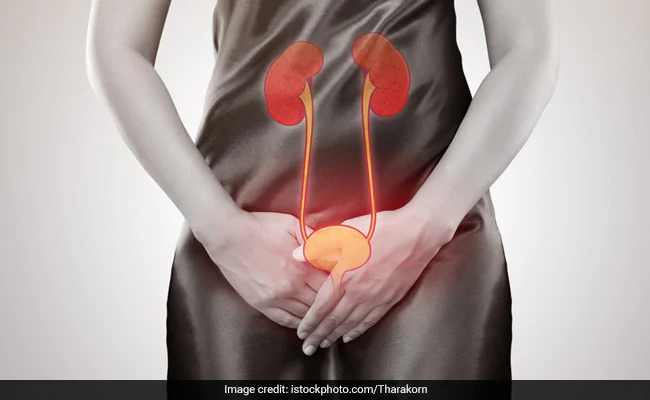 Tips to Prevent UTI Jul 12, 2022
Tips to Prevent UTI Jul 12, 2022
Categories
- Clinical Nutrition and Dietetics
- Endocrinology and Metabolic Disease
- General and Laparoscopic Surgery
- General Medicine
- Physical Medicine and Rehabilitation
- Psychiatry
- Centre for Heart & Vascular Care
- Centre for Bone, Joint & Spine
- Centre for Neurosciences
- Centre for Gastrosciences
- Centre for Nephro-Urosciences
- Centre for Blood Diseases, BMT & Cancer Immunotherapy
- Centre for Obstetrics and Gynaecology

 +91 9393 108 108
+91 9393 108 108


